Best Handheld Game Consoles of All Time, Ranked
Handheld game consoles are great... but which one is the greatest?
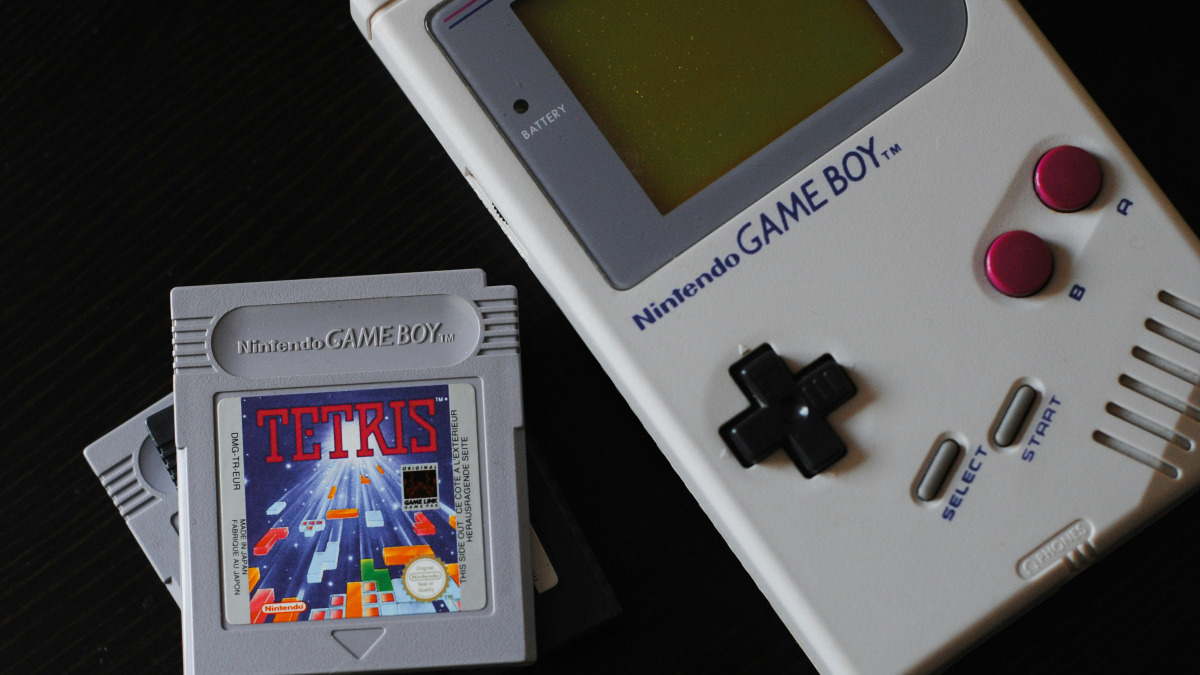
Which handheld video game consoles are the best of the best? Here’s our ranking of the greatest handheld game consoles.
Best Handheld Game Consoles: Honorary Mentions
There’s a specific group of handheld game consoles everyone thinks about when it comes to the very best, and, for good reason, they also happen to be the best-selling. This list’s top five encompasses the five best-selling handhelds, although the order they’re ranked in doesn’t follow the sales figures. The honorary mentions include two systems that fall just outside this criteria but are still great in their own ways, plus one additional system.
Game Gear
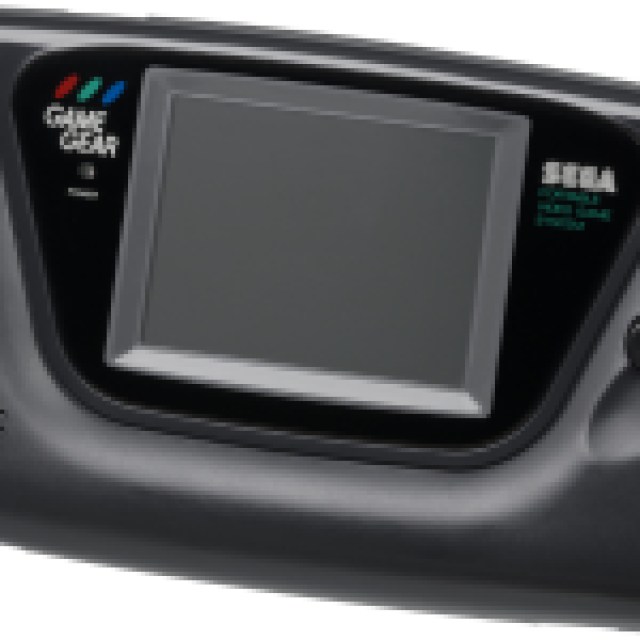
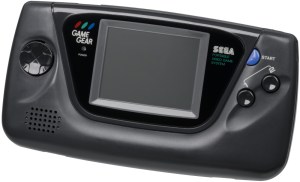
Sega’s Game Gear was by no means a commercial failure, but it was a tall order to compete against Nintendo’s Game Boy, which to this day has only been surpassed in handheld console sales by Nintendo’s own DS and Switch. Most of the Game Gear’s design choices were made in response to criticisms of the Game Boy: the Game Gear’s screen was both backlit and in full color, and the system was a more comfortable horizontal shape compared to the Game Boy’s vertical shape.
The Game Gear also had an impressive first-party game lineup and could even play Master System cartridges with the Master Gear Converter accessory. But it still had some notable flaws that held it back, including a lack of third-party support and less than four hours of battery life at the cost of a whopping six AA batteries. Despite these flaws, the Game Gear is a classic handheld system with a lot of heart, and more than worthy of an honorary mention.
PlayStation Vita
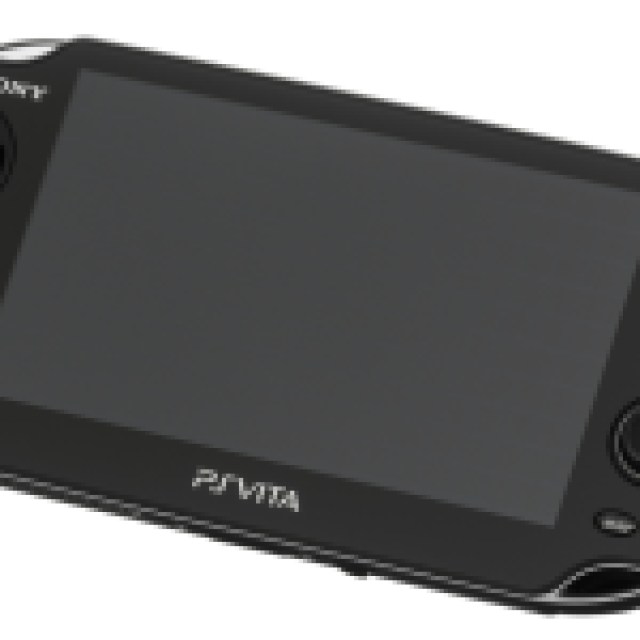
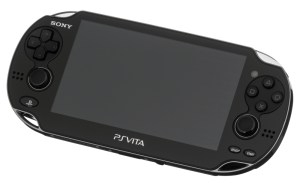
Although comparable in sales to the Wii U, the PlayStation Vita still had its fair share of exclusive (at the time) hits. For RPG fans, there was the mega-hit Persona 4 Golden. For fans of action and adventure, there was Uncharted: Golden Abyss. And for otome visual novel game fans, the Vita was an absolute treasure trove, introducing beloved games such as the Code: Realize series and Collar x Malice. But even for major otome game fans, the Vita was a hard sell when the PSP still held up with its own library, and more of these games were making their way to PC. The Vita may have had its own great library, but it’s equally as great that its games have since made their way onto other consoles.
Nintendo Switch
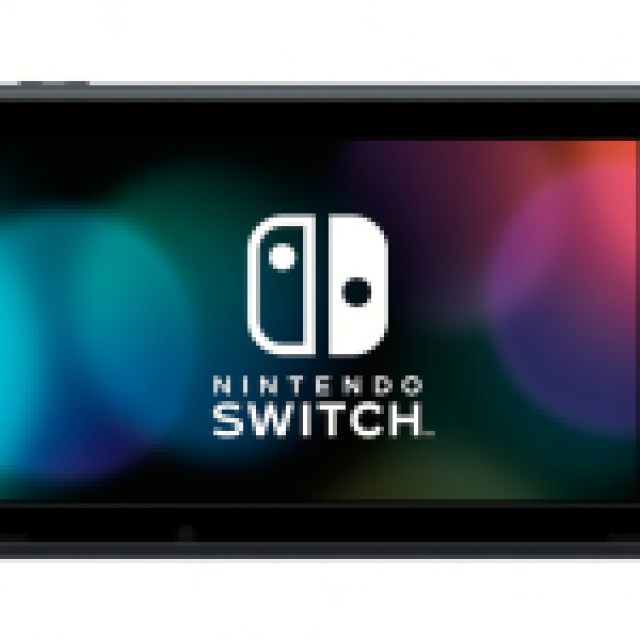
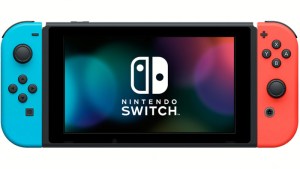
The Nintendo Switch would be the second best-selling handheld game console… if it wasn’t a hybrid, muddying its categorization. Still, it more than easily earns an honorary mention for its innovation, success, and outstanding game library. With a magnificent mix of original titles as well as remakes and remasters of beloved classics, all of which can be played on a big screen at home or on the go, the Nintendo Switch’s impact on the video game industry is nothing short of momentous.
The Best Handheld Game Consoles, Ranked
5: Game Boy
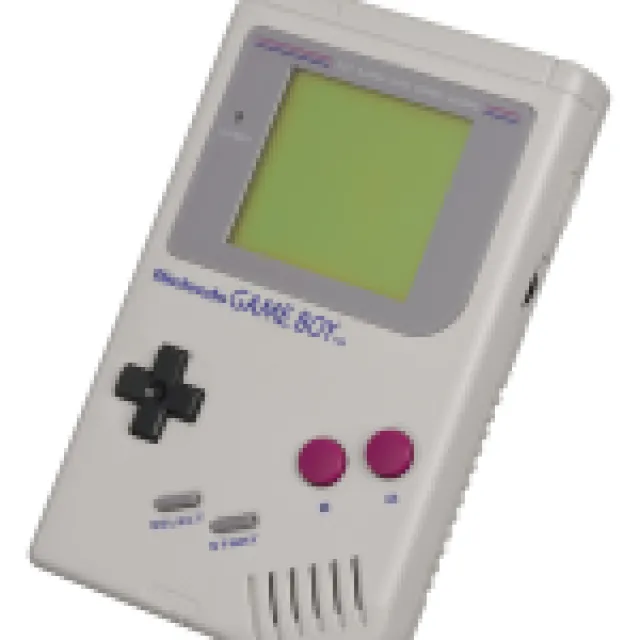
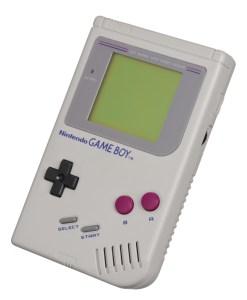
The Game Boy is the original video game handheld giant. The system’s clunky design and frankly ugly monochrome visuals didn’t detract from its outstanding game library with solid first- and third-party support, not to mention its iconic durability and respectable battery life. The follow-up Game Boy Color also slimmed the system down to a more comfortable size and offered a much-appreciated color screen.
There’s no shortage of beloved video game titles on the Game Boy, from Tetris to the Super Mario Land series. We also have the Game Boy to thank for the beginning of the smash hit Pokémon series. These, and many more Game Boy titles, saw amazing sales figures due in no small part to the Game Boy’s own impressive sales—although “impressive” is a bit of an understatement. Without counting the Nintendo Switch, the Game Boy is still the second best-selling handheld game console, and it’s the fourth best-selling game console overall, highly befitting its monumental legacy.
The handheld gaming landscape has grown much more sophisticated since the Game Boy’s day, and ports and remakes of the system’s titles keep them moderately accessible. The Game Boy may be archaic in terms of design and hardware, but it’s because of the Game Boy that handheld gaming is what it is today.
4: PlayStation Portable (PSP)
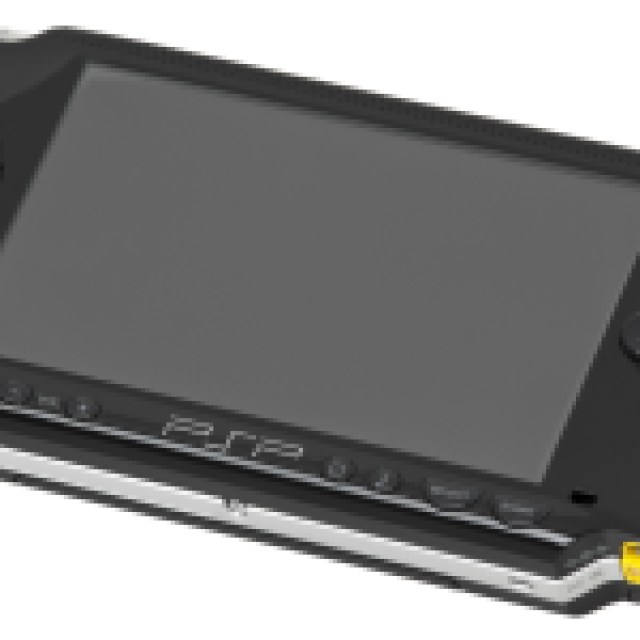
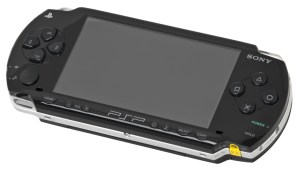
Considering the PlayStation Portable was up against the best-selling handheld game console of all time during its lifespan, it did really well for itself. And it’s not hard to see why: the PSP’s hardware allowed it to play a brilliant assortment of technologically impressive games, such as Grand Theft Auto: Liberty City Stories, Monster Hunter Portable 3rd, and Metal Gear Solid: Peace Walker. The system also saw fantastic remakes and ports of many beloved JRPG titles, including games from the Final Fantasy series, Star Ocean, Breath of Fire, Tales of, and Disgaea.
The PSP’s screen resolution and 130 DPI were incredibly impressive for the early 2000s, too, making it great to watch movies on if someone wanted to take a break from playing games. It also made the system a great home for visual novels, and many of the PS Vita’s otome game hits originated on the PSP, such as Norn9 and Amnesia: Memories. Even Persona 3 Portable was tweaked into a more visual novel-inspired format compared to its PlayStation 2 original.
To top it all off, players had the option to go digital with the PSP. Aside from physical UMD releases, more than 800 PSP games were available digitally through the PS Store. The PS1’s games library was also almost entirely available on the PSP this way. The PSP showcased what handheld technology was capable of and had something for everyone, easily earning its spot as one of the best handheld game consoles of all time.
3: Game Boy Advance (GBA)
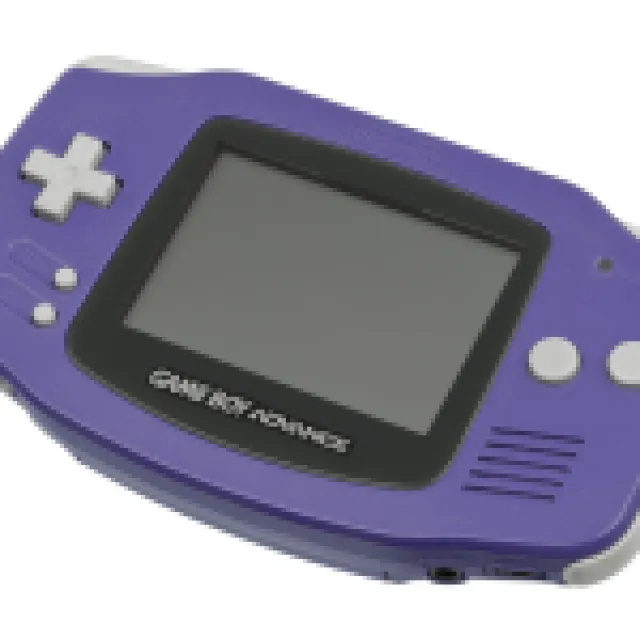
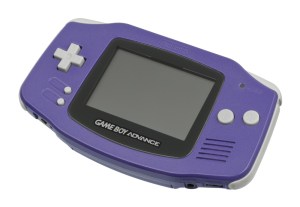
The Game Boy Advance is a miracle machine. The 32-bit system was a huge jump up from its 8-bit Game Boy Color predecessor, and it boasts the ability to replicate the SNES’s Mode 7 graphics mode. This tiny system could play sprite-based games or games in 3D, resulting in a library chock full of top-notch and diverse titles, from ports and remasters to original games that have since become classics in their own right.
Remakes of Super Mario World, Yoshi’s Island, and Super Mario Bros. 3 were joined by newcomers such as the Mario & Luigi series, Mario vs. Donkey Kong, and Mario Kart Super Circuit. The Mega Man Zero and Battle Network series kept the Blue Bomber’s legacy going strong. Remakes of Final Fantasy 1, 2, 4, 5, and 6 introduced the beloved series to new audiences while Final Fantasy Tactics Advance offered a new entry in the Tactics sub-series. Games like Super Monkey Ball Jr. showcased the GBA’s ability to play 3D games, while games like Golden Sun proved that entirely new IPs could thrive on the platform, too.
Many games were also forced to take on a unique visual style for the Game Boy Advance, which still didn’t have a backlit screen. The big, bright, and bombastically animated sprites of the Ace Attorney series are one such example. Western audiences wouldn’t first meet Phoenix Wright until the Nintendo DS rolled around, but the series was originally released in Japan on the GBA. On the other hand, the GBA introduced Western audiences to Fire Emblem for the first time with the seventh and eighth games in the series. Other beloved GBA games, such as Mother 3, may still be exclusive to Japan, but they’re just as much a part of the system’s amazing legacy.
Also a part of the system’s legacy are its upgrades. The second upgrade, the Game Boy Micro, was a charming addition to the GBA family, but it wasn’t as groundbreaking as the Game Boy Advance SP. The SP’s clamshell design was a great choice for portability, and would go on to influence the DS family of consoles. The biggest upgrade of the SP, however, was its screen’s lighting. The SP’s screen was originally front-lit, but it did eventually receive a much-welcomed backlit screen. But the fact that the GBA could cultivate such a phenomenal games library of first- and third-party titles even without these upgrades is a testament to how outstanding the console was on its own.
2: Nintendo DS
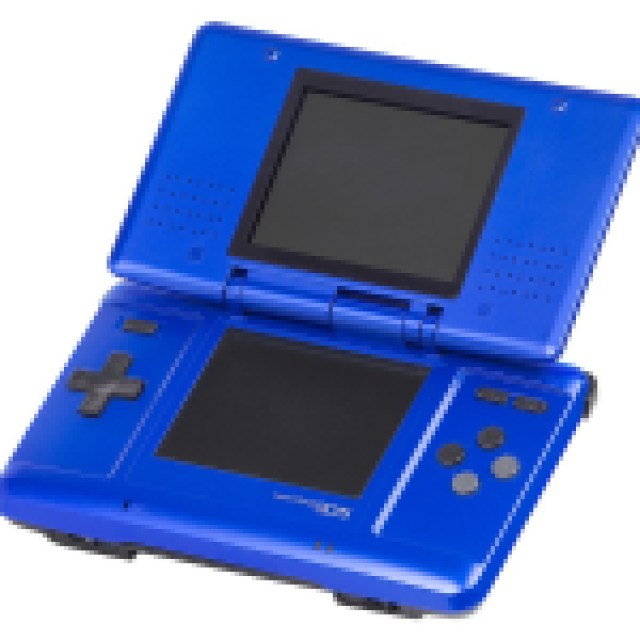
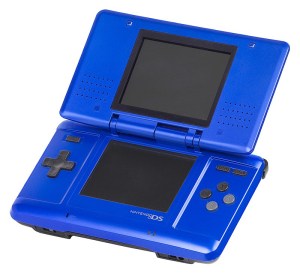
The Nintendo DS isn’t just the best-selling handheld console of all time—it’s the second best-selling video game console, period. Even the outrageously successful Nintendo Switch hasn’t caught up yet. The system’s truly innovative double screens and touch screen technology on the bottom screen helped drive unique game experiences and resulted in an outstanding library overall.
New possibilities came about from games that utilized the system’s touch screen capabilities, resulting in touch-based mechanics that are key elements of the gameplay, such as in the Etrian Odyssey series, Elite Beat Agents, and The World Ends With You. Alternatively, games could prioritize button inputs and simply use the two screens to convey additional key information, such as the track maps and racer placements on the bottom screen of Mario Kart DS.
Other options included holding the DS horizontally like a book to produce a distinct physical feeling, as seen in the absolutely phenomenal game Hotel Dusk: Room 215. And one of the most amazing plot twists in video game history comes from how the mind-blowing 999: Nine Hours, 9 Persons, 9 Doors uses the system’s two screens narratively.
The DS Lite design later improved upon the somewhat clunky original DS without sacrificing any features, including a slot on the bottom of the system that accepts Game Boy Advance cartridges. Adding the Game Boy Advance game lineup to the DS’s already impressive repertoire simply elevates the system to a nearly untouchable status—nearly.
The DSi, on the other hand, is a slightly different story. It trades the Game Boy Advance cartridge slot for a fairly lackluster online shop. The DSiWare catalog simply doesn’t match up to the Game Boy Advance’s, so while it’s appreciated as a precursor to the more refined eShop, it simply didn’t justify the trade-off.
Still, this slight is minor, and it’s more than fair to say that the Nintendo DS as a whole is one of the most revolutionary, and greatest, handheld game consoles in video gaming history. What holds it back from the top spot isn’t what one of its iterations lacks, but rather how its successor builds upon everything that it did so well.
1: Nintendo 3DS
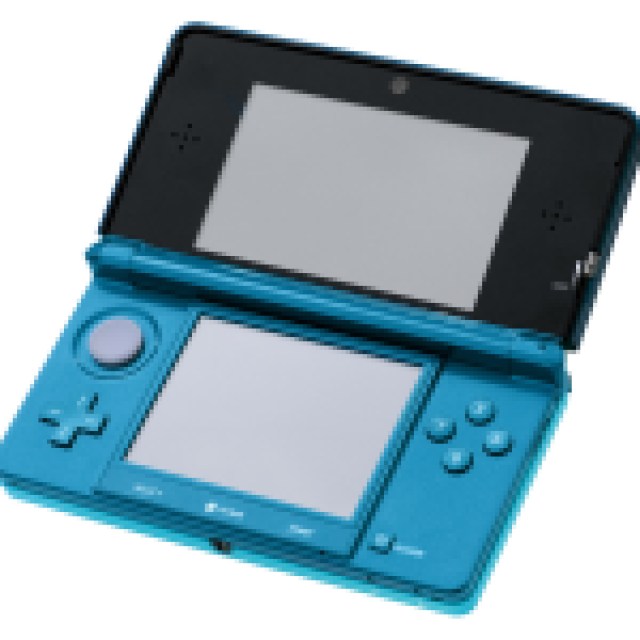
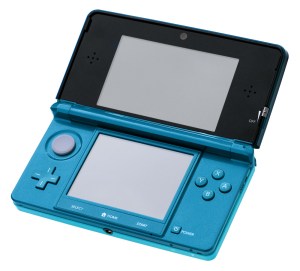
The Nintendo 3DS is the complete opposite of an instant success. Rather than flying off the shelves, the system was off to such an awful start that it received a nearly 33% permanent price drop. On top of that, those who bought the system at its original price point even received a collection of downloadable NES and GBA games as an apology. Thankfully, the new, reduced price and a slow but steady increase in solid game releases helped turn the 3DS’s bleak future around, and it eventually took off.
The 3DS followed up on the DS’s successful double-screen and touch-screen design, allowing its games to continue in the same vein as the DS’s unique gameplay capabilities. On the surface, the biggest difference between the 3DS and its predecessor is the 3DS’s 3D slider, which allows games to have a stereoscopic 3D effect without the need for specialty glasses. While some games made great use of this visual effect, such as Mario & Luigi: Dream Team, this actually wasn’t the system’s selling point—so much so that follow-up systems removed the 3D slider altogether.
The 2DS may be one of the most unattractive systems out there, but unlike the sleek DSi compared to the DS and DS Lite, the 2DS doesn’t give up its backwards compatibility. While subsequent 3DS iterations may have done away with the 3D, they can all still play DS cartridges, adding its predecessor’s outstanding games library to its own impressive lineup.
There are enough 3DS follow-ups to become a meme, but they always added to the system in valuable ways. The “New” 3DS adds additional shoulder buttons and a “C-Stick,” in addition to upgrading the system’s hardware. The New 2DS opts for the infinitely better clamshell design of the 3DS rather than the 2DS’s door stopper look, but only removes the 3D slider of the New 3DS. Just like how the system could shed $80 off its MSRP and come out all the better for it, the 3DS family could discard its 3D slider and keep going strong.
The 3DS also brought with it a much-improved eShop compared to the DSi’s, giving players more options to access its amazing library. In order to keep players’ games organized, the 3DS had the option to customize its home screen with folders. Later in the system’s life, the Nintendo Badge Arcade app also gave players access to stickers that they could use to spiffy up their system’s menus even further. A respectable collection of home themes added to the personalization players could experiment with, making each 3DS truly feel like the unique possession of its owner. It’s absolutely shocking that this level of organization and customization isn’t present in the Nintendo Switch. If the Switch wasn’t relegated to honorary mention status due to its hybrid nature, it would still be ranked beneath the 3DS for this lack of home screen customization alone.
Another feature of the 3DS that didn’t return for the Switch is StreetPass. A 3DS in sleep mode would still connect with other devices as they passed by, receiving information that could be used in various scenarios. Some apps, like Mii Plaza, functioned exclusively through StreetPass, encouraging players to pass by as many people as possible to complete puzzles and fill out a world map. Many games also implemented StreetPass into their gameplay, including Bravely Default, Super Smash Bros. for Nintendo 3DS, and Animal Crossing: New Leaf. These connectivity features majorly enhanced the handheld gaming experience. Conventions, college campuses, and even the grocery store became places where gameplay could occur even without actively playing thanks to StreetPass.
The Nintendo 3DS may be tied with the PSP for lowest sales among this top five list of greatest handhelds, but it just goes to show that as important as sales are, they still aren’t everything. The Nintendo 3DS is the epitome of the handheld gaming experience, from its connectivity features to its personalization options. Add to that its own great games library and backwards compatibility with the DS’s phenomenal collection of games, and the result is the greatest handheld game console.
